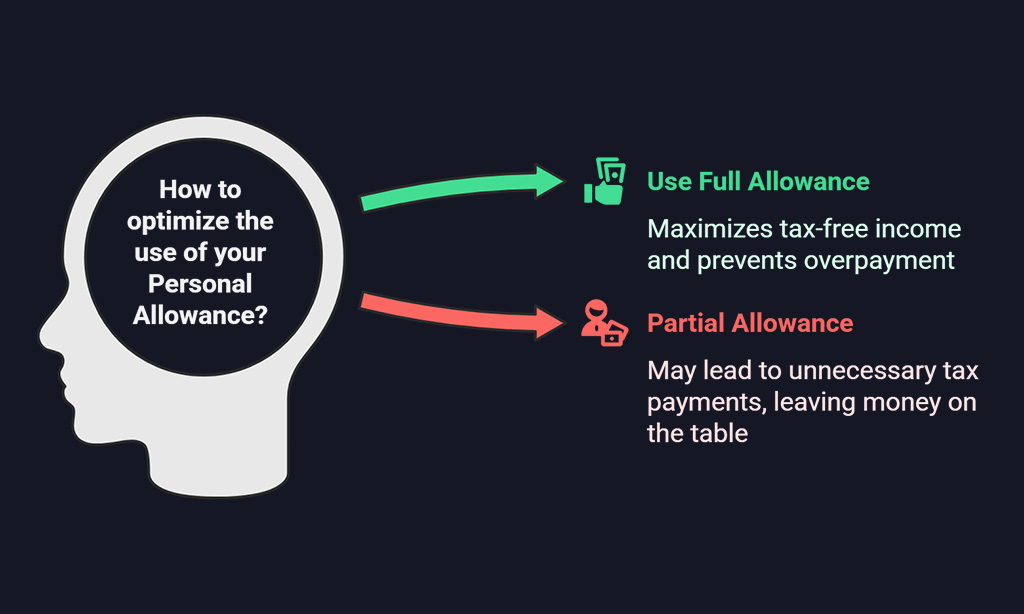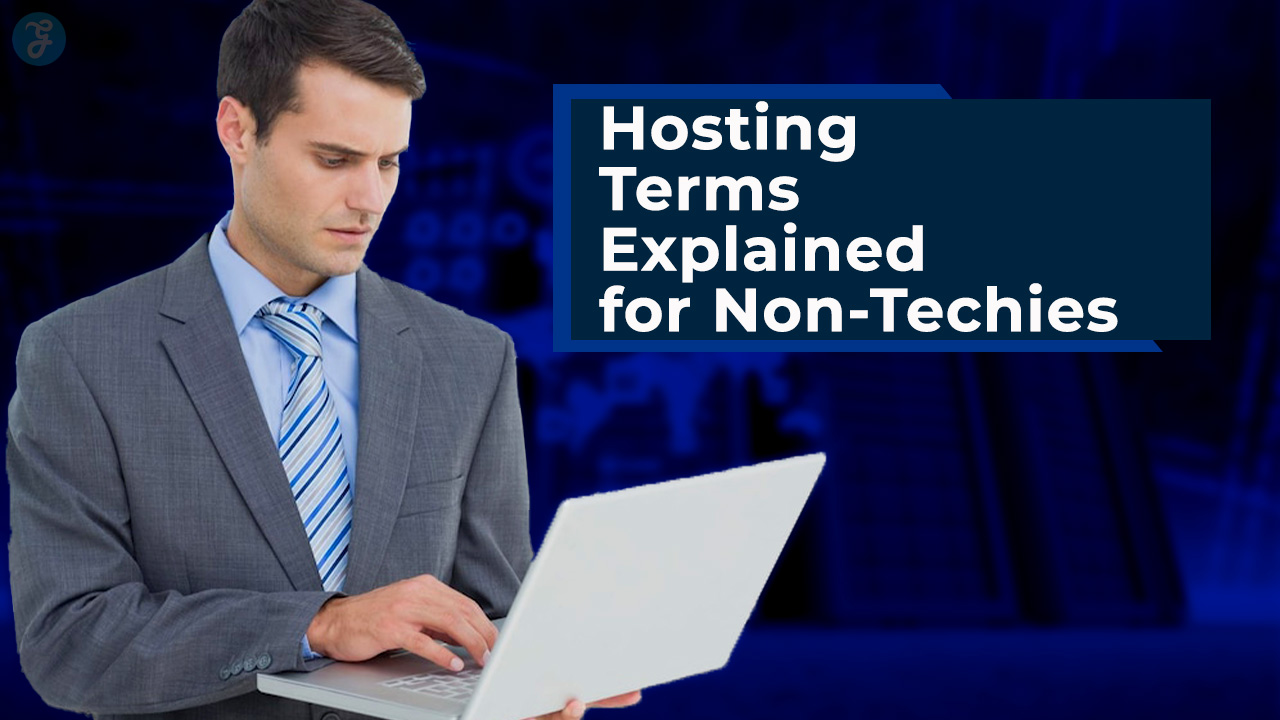Getting a tax refund is a significant financial boost, and in the UK, it’s possible to increase the amount you’re refunded by using various strategies. While paying taxes is a necessary part of the system, it’s crucial to ensure you’re not overpaying.
From making sure your tax code is correct to claiming all eligible allowances and reliefs, this article will explore 10 Ways to Get a Bigger Tax Refund in the UK, helping you navigate through the complexities and maximize your refund.
By understanding the key strategies to reduce your taxable income and increase your eligible refund, you’ll be able to keep more of your hard-earned money. Whether you’re self-employed, an employee, or a business owner, these tips can be applied to a range of financial situations.
1. Claim Tax Reliefs You’re Entitled To
Tax reliefs are specific allowances that reduce your taxable income. The UK government offers several tax reliefs to eligible individuals, and claiming them can result in a larger tax refund.
Common Tax Reliefs to Claim:
- Marriage Allowance: If one partner earns below the personal allowance threshold and the other is a basic-rate taxpayer, they can transfer up to £1,260 of their personal allowance to the other partner. This reduces the tax liability for the higher-earning partner and increases your refund.
- Blind Person’s Allowance: If you are registered as blind or severely sight impaired, you may be eligible for an additional tax-free allowance, increasing your overall refund.
- Working from Home Relief: For those who’ve worked from home, especially during the pandemic, you may be entitled to a tax break for extra household costs like heating, electricity, and internet.
Common Tax Reliefs
| Tax Relief | Criteria/Eligibility | Impact on Refund |
| Marriage Allowance | Married or in a civil partnership, one earning under personal allowance | Reduces tax for higher-earning partner |
| Blind Person’s Allowance | Registered as blind | Increases your personal allowance by £2,600 |
| Working from Home Relief | Worked from home due to COVID-19 or other reasons | Refunds costs related to additional home expenses |
2. Maximize Your Personal Allowance
The personal allowance is the annual income you can earn before you begin paying income tax. For most individuals, this is £12,570 for the tax year 2023/2024. However, if you don’t utilize your entire personal allowance, you risk overpaying tax, thereby leaving money unutilized.
How to Maximize Your Personal Allowance:
- Review Your Tax Code: Ensure your tax code is correct and reflects all the reliefs and allowances you’re entitled to. For example, a change in personal circumstances (such as marriage or retirement) may affect your tax code.
- Make Use of Unused Allowance: If you’re not using your full personal allowance, consider adjusting your financial situation or applying for applicable allowances like Marriage Allowance to shift the unused portion to a partner.
Example: Sarah is a single parent who earned £10,000 last year. She didn’t use her full personal allowance (£12,570). She could have received a bigger tax refund if she had applied for tax reliefs or claimed allowable deductions like work-related expenses.
3. Check for Tax Code Errors
Your tax code is crucial to determining how much tax you pay. A wrong tax code can result in you paying too much tax, which means you could be due a refund if you’re on the wrong one.
How to Check for and Correct Tax Code Errors:
- Understand Your Tax Code: If your tax code is too low, it could mean you’re paying too much tax. If it’s too high, you could be overcharged.
- Contact HMRC for Adjustments: If you believe your tax code is wrong, contact HMRC immediately. They’ll review your records and, if necessary, adjust your code and issue a refund for the overpaid tax.
- Use Online Services: HMRC offers tools to check and update your tax code. If you’re self-employed or have income from multiple sources, ensure you’re on the right code.
Common Tax Code Errors
| Error Type | Impact | How to Correct It |
| Wrong Allowances | Overpaying tax | Contact HMRC for an updated tax code |
| Incorrect Income Sources | Paying too much tax on multiple incomes | Provide HMRC with full details of income sources |
| Not Accounting for Deductions | Overlooked deductions like work expenses | Claim the eligible expenses to lower taxable income |
4. Claim for Work-Related Expenses
Should you incur work-related expenses personally, you might qualify for a tax refund. These expenses may include uniforms, tools, or even travel costs that are directly related to your job.
Work-Related Expenses You Can Claim:
- Uniforms and Work Clothing: If your job requires you to wear a uniform, you can claim the cost of maintaining and cleaning it.
- Business Travel Expenses: Whether you’re traveling for business meetings or job-related training, you can claim mileage, parking, meals, and lodging as allowable expenses.
- Home Office Costs: If you worked from home, you may be able to claim part of your home utility costs, such as electricity, heating, and broadband.
Example: John works as a nurse and needs to clean and maintain his uniform regularly. He’s eligible for tax relief on uniform expenses, which could increase his refund by covering cleaning and maintenance costs.
Work-Related Expenses You Can Claim
| Expense Type | Eligible Claims | Example of Cost | ||
| Uniforms & Work Clothes | Cleaning and maintaining uniforms and protective clothing | £100 for cleaning and maintenance of uniform | ||
| Business Travel | Mileage, transport, parking, lodging | £: 22.1311%;”>Home Office | Proportional costs for home office usage | £120 for electricity and internet expenses |
5. Claim for Pension Contributions
Pension contributions reduce your taxable income, which can help increase your tax refund. The more you contribute to your pension, the more you can reduce your overall tax liability. Not only does this provide long-term benefits for your retirement, but it also results in short-term tax relief.
How Pension Contributions Increase Your Refund:
- Tax Relief: Contributions to pensions are deducted from your income before tax is applied, meaning you are taxed on a lower income.
- Higher Tax Bracket Taxpayers: If you’re in a higher tax bracket, contributing more to your pension can significantly lower your taxable income and increase your refund.
- Employer Contributions: Many employers offer pension schemes where they match your contributions. These contributions reduce your taxable income even further.
Example: Tom is a higher-rate taxpayer earning £60,000. By contributing £5,000 to his pension, his taxable income is reduced, and he saves over £2,000 in taxes.
6. Claim for Charitable Donations
Charitable donations made under Gift Aid not only benefit your chosen charity but also result in a larger tax refund. Gift Aid allows charities to claim back 25p for every £1 donated, and taxpayers can claim tax relief on their donations.
How Charitable Donations Work with Tax Relief:
- Gift Aid Contributions: If you donate under Gift Aid, charities can claim 25% extra, and you can also claim back the tax paid on your donations.
- Tax Relief on Donations: Donations can reduce your taxable income, leading to a smaller overall tax bill and a potential refund.
Example: Lucy donates £500 a year to a registered charity under Gift Aid. She can claim back tax relief, effectively reducing her tax bill and receiving a refund for the amount donated.
Charitable Donations & Tax Relief
| Donation Type | Eligibility | Impact on Refund |
| Gift Aid | Donations to registered charities | 25% additional claimable amount from HMRC |
| Payroll Giving | Donations made directly from salary before tax | Lower taxable income, more refund |
| One-off Donations | Donations to qualifying charities | Eligible for tax relief on all donations |
7. Review Your Marriage Allowance
The Marriage Allowance can benefit couples where one partner is in a lower tax bracket, and the other is in a higher one. It allows for the transfer of a portion of the personal allowance from one partner to the other, reducing their overall tax burden.
How Marriage Allowance Works:
- Transfer Allowance: You can transfer £1,260 of your personal allowance to your spouse or civil partner.
- Eligibility: One partner must earn below the personal allowance threshold, and the other must be a basic-rate taxpayer.
Example: Sarah earns £9,000 a year, and her husband earns £25,000. By transferring £1,260 of her personal allowance to her husband, they reduce their combined tax liability, increasing their refund.
Marriage Allowance Impact
| Partner A Earnings | Partner B Earnings | Transferred Allowance | Impact on Tax Refund |
| £9,000 | £25,000 | £1,260 | Reduces tax liability for Partner B |
| £10,000 | £20,000 | £1,260 | Helps reduce higher-rate tax for Partner B |
8. Check for Overpaid National Insurance Contributions (NICs)
Overpaid National Insurance contributions can also result in a refund. This situation often occurs when you pay NICs on income that is above the threshold for the full tax year, or if there are errors in your payment record.
How to Claim Overpaid NICs:
- Review Your NIC Record: Check your NIC record online via your personal tax account.
- Request a Refund: If you’ve overpaid, you can ask HMRC to issue a refund for the overpaid NICs.
Example: James was employed for most of the year but worked freelance for a few months. His NICs were overpaid because his self-employment income wasn’t properly accounted for. He received a refund by contacting HMRC.
9. Utilize the Blind Person’s Allowance
If you are registered as blind, you can claim an additional Blind Person’s Allowance, which increases your tax-free income.
How Blind Person’s Allowance Works:
- Extra Allowance: The Blind Person’s Allowance is an additional £2,600 of tax-free income for the year.
- Eligibility: You must be registered as blind or severely sight impaired.
10. Maximize Capital Gains Tax Allowance
If you sell assets such as property, stocks, or bonds and make a profit, this is subject to Capital Gains Tax (CGT). However, you can offset your profits using the CGT allowance.
How to Use Capital Gains Tax Allowance:
- Use Your Exemption: For the 2023/2024 tax year, the annual exemption is £12,300, which means you don’t pay CGT on the first £12,300 of your gains.
- Offset Losses: You can offset any losses made in other years against gains to reduce your CGT liability.
Example: Emma sold a rental property and made a profit of £10,000. She could use her £12,300 exemption, paying tax only on the remaining £2,700.
Wrap Up: Make the Most of Your Tax Refund in the UK
Maximizing your tax refund is not just about following one or two steps. Instead, it requires a comprehensive understanding of the reliefs, allowances, and deductions available to you.
The 10 ways to get a bigger tax refund in the UK listed above can be adapted based on your financial situation. By being proactive and ensuring that your tax affairs are in order, you can maximize your refund and keep more of your money.
So, review your tax code, claim your eligible reliefs, and take full advantage of every available opportunity to boost your refund.














































